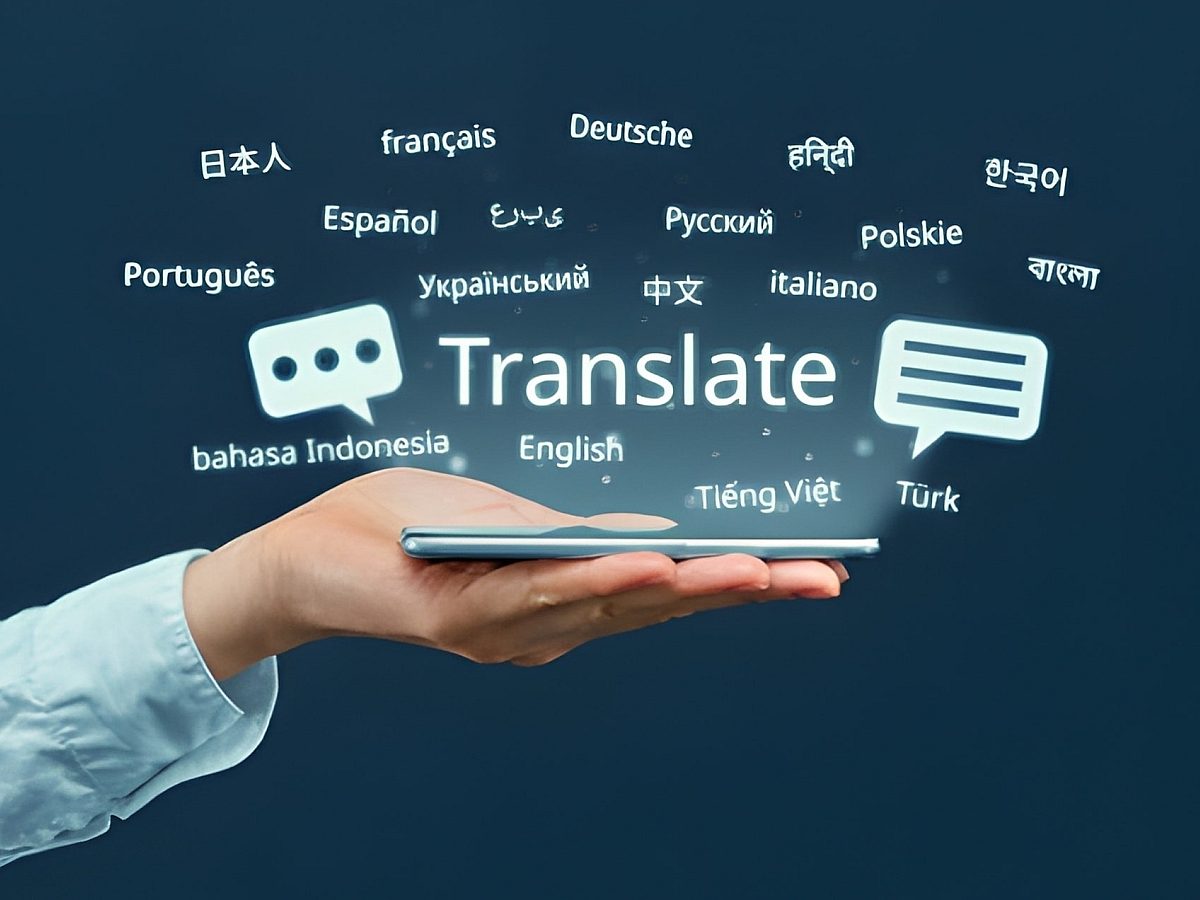The past few years have brought massive shifts in global commerce online and off. From the pandemic to the war in Ukraine to looming recessions, businesses have had to pivot again and again to maintain relevance and revenues.
While many businesses are scrambling to shore up their customer bases in North America, Europe, and Asia, many have overlooked an incredibly profitable slice of the market in South America and the US—Spanish-speaking Latinx people.
Recent events, such as the pandemic, have sparked high demand for online products and services among this demographic. The number of Latinx online shoppers in South America jumped by nearly 100 million from 2019-2023. And the US Latinx market has become the fastest-growing portion of the country’s GDP.
What Does This Mean For US Businesses?
It means that capitalizing on the Latinx market may be as simple as localizing content with Latin American Spanish translation and optimizing content with Spanish SEO.
By translating your website, marketing materials, and other content into Latin American Spanish and US/Mexican Spanish, your business can tap into the growing economies of South America and engage with the growing Latinx population in the US—at low cost and low risk.
Capturing Emerging Markets in South America with Latin American Spanish Translation
While economic crises like that in Venezuela dominate the news, many are unaware that consumer markets in Chile, Argentina, Peru, and Columbia are experiencing rapid growth.
For example, Chile’s economy grew by over 11% in 2021 alone, and Argentina’s eCommerce market is expected to grow by nearly 15% per year through 2027. A report by the International Monetary Fund expects Latin America’s momentum to continue through and beyond 2024.
The middle class in these nations has more than doubled in size over the past two decades, and these consumers are hungry for more demand in the marketplace.
Brands that engaged with Latin American customers in their native tongue have enjoyed a healthy and rapid ROI.
For example, the online hospitality brand Airbnb translated its website into Latin American Spanish in 2015. Just one year later, it experienced a significant increase in travelers from LATAM countries. The online auctioneer eBay began offering Spanish translation to sellers in 2014. This resulted in sales to Latin American jumping by over 10% almost instantly.
When looking at the numbers, it’s no surprise that Latin American Spanish translation can result in quick growth. Of the 210 million Spanish speakers in South America, fewer than 5 million speak English. So, a simple translation can help businesses tap into tens of millions of new customers overnight.
Latinx Buying Power in the US
The US has always had a large Latinx population, but US brands have a history of ignoring this market. Now that US Latinos make up a driving force in the consumer economy, brands that continue to do so will not survive.
Latinos make up approximately 20% of the US population, and they command $2.5 trillion in buying power. It’s estimated that there are about 53 million Spanish speakers in the US and nearly 40 million speak Spanish at home (as their primary spoken language).
Outside of traditional Hispanic states like Texas and California, brands have been woefully unwilling to connect with this key demographic on their own terms and in their own language.
But when brands adapt to their markets’ needs, ROI goes off the charts. Brands like McDonald’s, Nike, and Google have maintained market dominance thanks in part to Spanish translation and localization for the US market.
A major US insurer, GEICO, has dedicated a large portion of its ad budget to the US Latinx community for over two decades. Thanks in part to its efforts to appeal to second-generation and millennial US Hispanics with Latin American Spanish, the brand has tripled its market share since 2008.
How to Tap into the LATAM and US Hispanic Markets
Major brands dedicate substantial resources to Spanish-language advertising, translation, outreach, and more. But you don’t need to upend your marketing efforts to start engaging Latinx consumers.
More Latin Americans and US Spanish speakers are shopping and interacting online than ever before. The pandemic caused huge shifts in buying behavior among this demographic. So, simply translating your website, blog, or social media posts into Latin American Spanish can give you access to a large slice of the market that craves more variety (AKA customers who are ready to buy).
Here’s how to get started:
- Start by translating your website into Latin American Spanish. You’ll want to do this before making ads or social media posts in Spanish. It’s a waste of money to drive Spanish-speaking traffic to an English-language website!
- Get on social media. Create localized social media pages to promote your brand in new markets. Facebook, Whatsapp, and YouTube are some of the most popular social channels in Latin America.
- Advertise on social media. Social media platforms like Facebook will target your ideal Spanish-language consumer for you, so you won’t have to do as much research. All you need to do is create ads and have them translated and localized for your target market.

Important: Use a Professional Localization Agency—NOT Google Translate
Using an automated translator like Google Translate is a good way to alienate consumers and sink your budget. While AI translators certainly have their place, marketing is not one of them.
If you’ve ever used an automated translator you know that the output rarely sounds natural. And being genuine and trustworthy is critically important when communicating with potential customers who are encountering your brand for the first time.
When translating your website, social media posts, or ads, you’re doing more than copy/pasting words—you’re sending a message. You need to ensure that the meaning and tone of that message resonates across physical and cultural borders.
A qualified human translator will make your message sound human (as opposed to Google’s robotic and clunky translations). They will also ensure that your content is free of errors and cultural faux pas. Most importantly, a professional translation service will focus not just on the words but on the aims of your content.
Luckily, Latin American Spanish translation services are affordable, as Spanish is a very common language for translation. Partnering with a localization agency will allow you to translate your materials as needed and at a low cost.
An Opportune Moment for Growth
Investing in Latin American Spanish Translation is a smart choice for businesses looking to expand their reach in emerging markets, tap into the growing Latinx population in the US, and improve customer experiences for Spanish-speaking customers.
And now is a uniquely opportune time to do so. Even as banks and CEOs sour on the US market, major firms such as Morgan Stanley are confident in the investment potential of Latin America. And in the US, the Latinx market continues to gain more influence and buying power.
For these reasons and the others expanded on above, Latin American Spanish translation represents a low-risk, low-cost opportunity for businesses of all sizes to promote quick growth.
Contact us today for a free quote or explore our website for more information.




